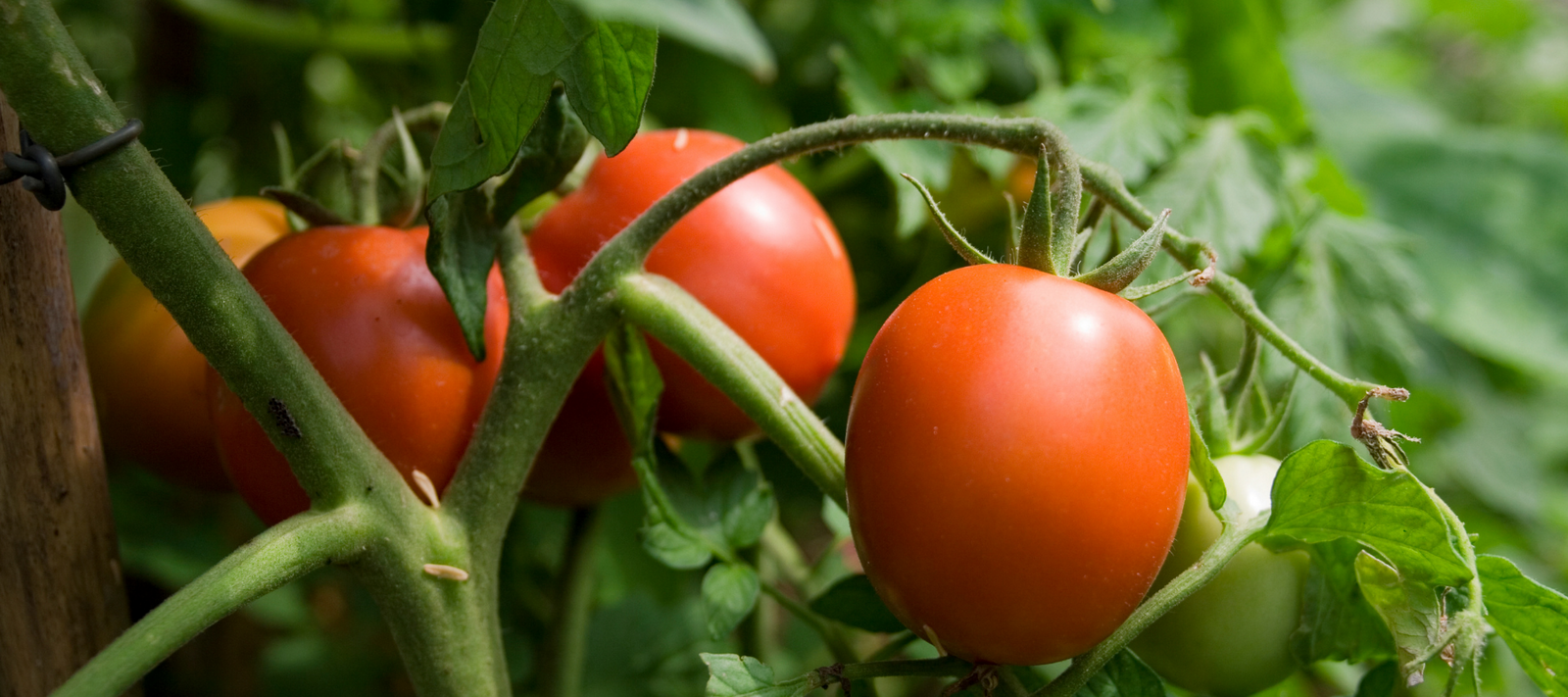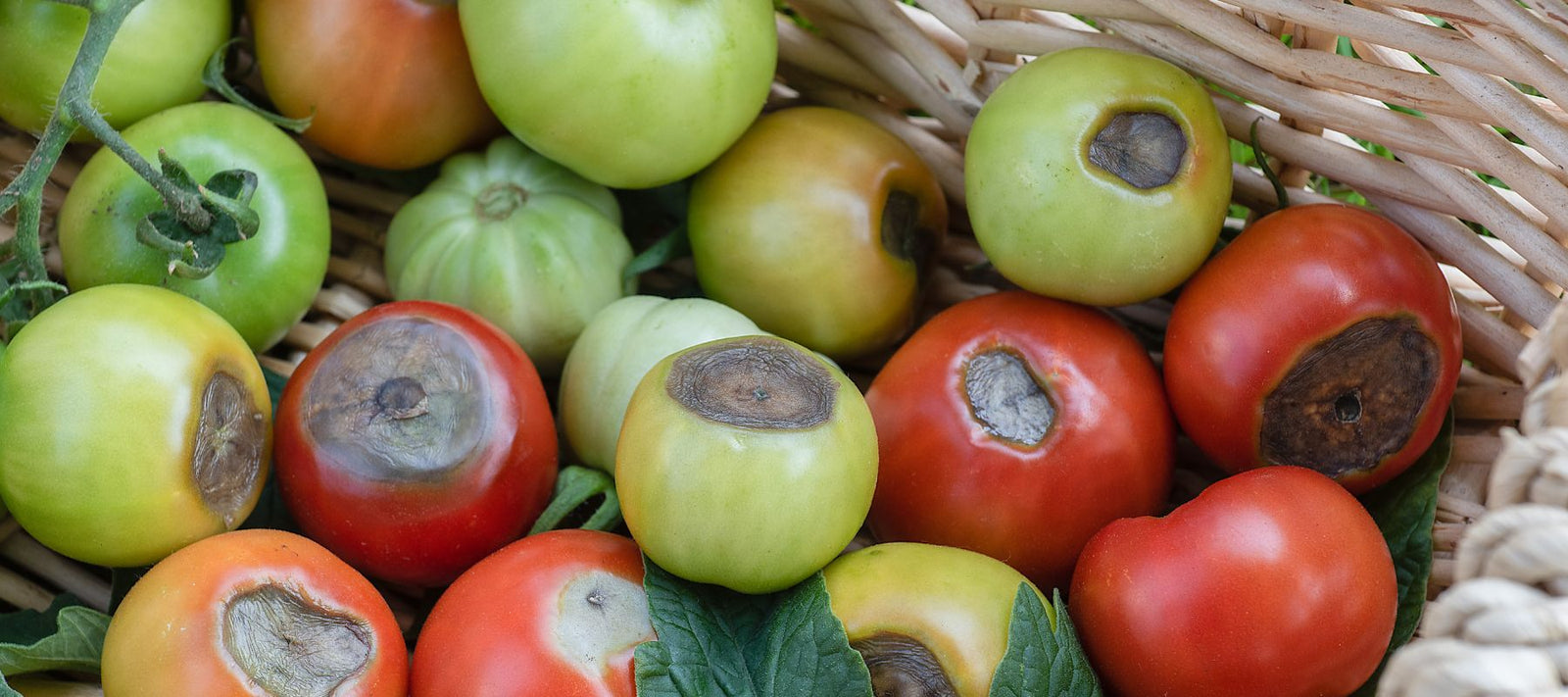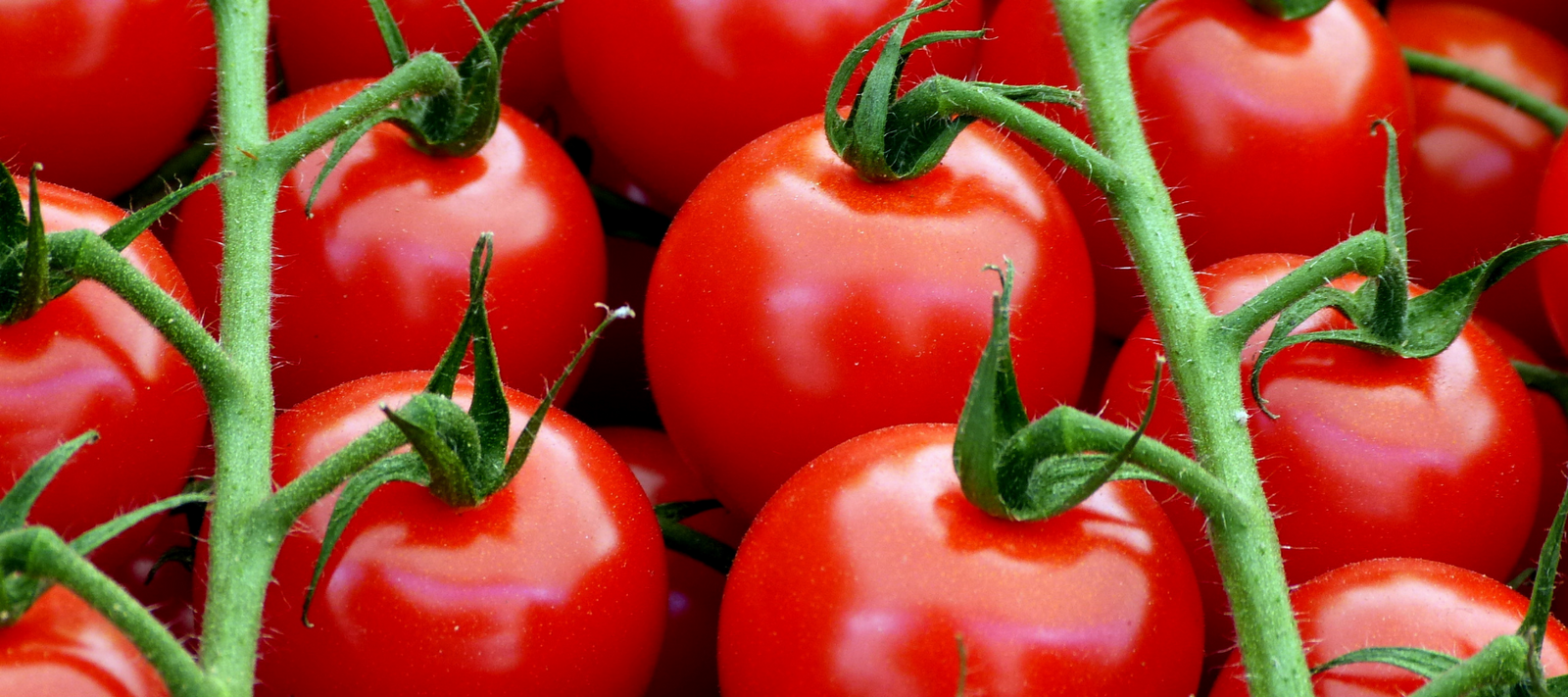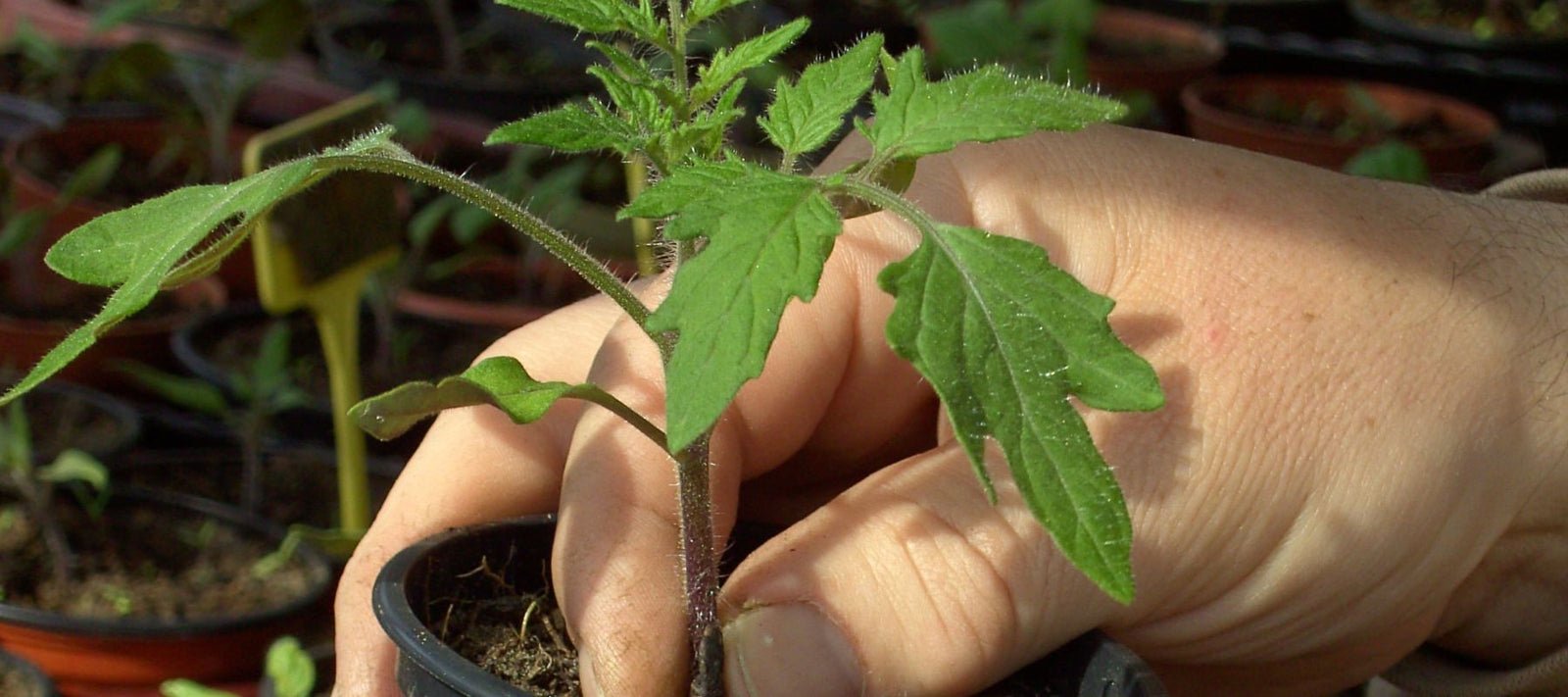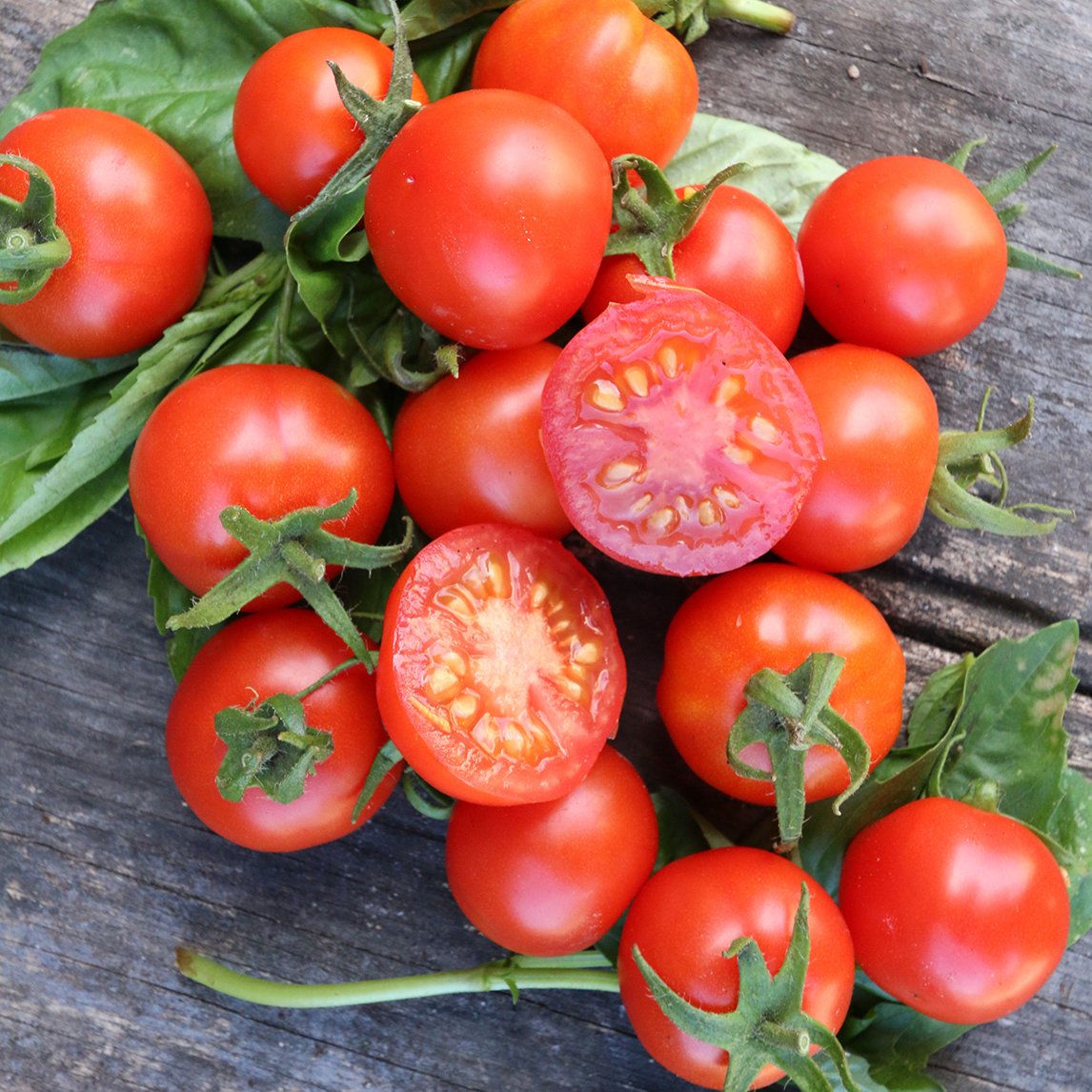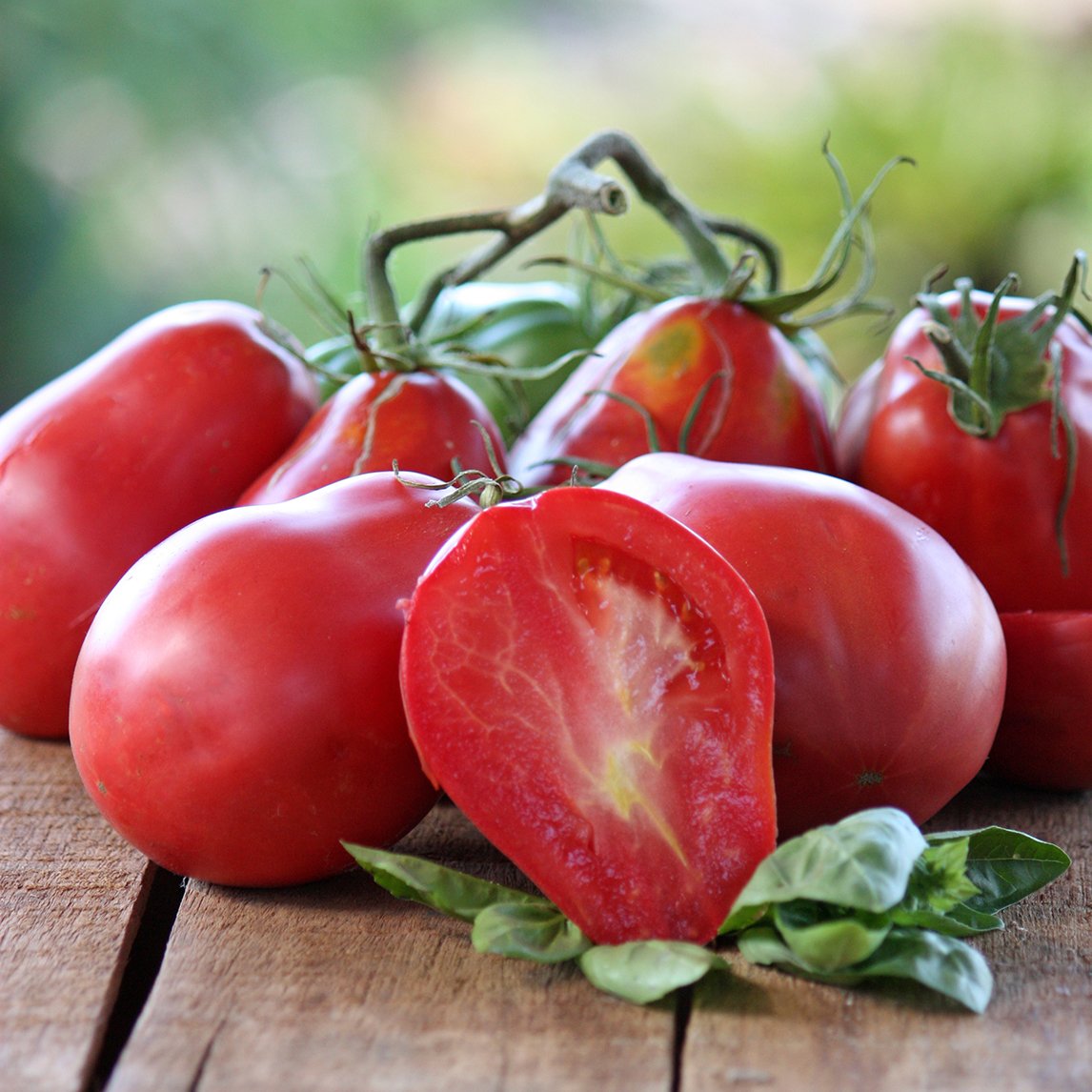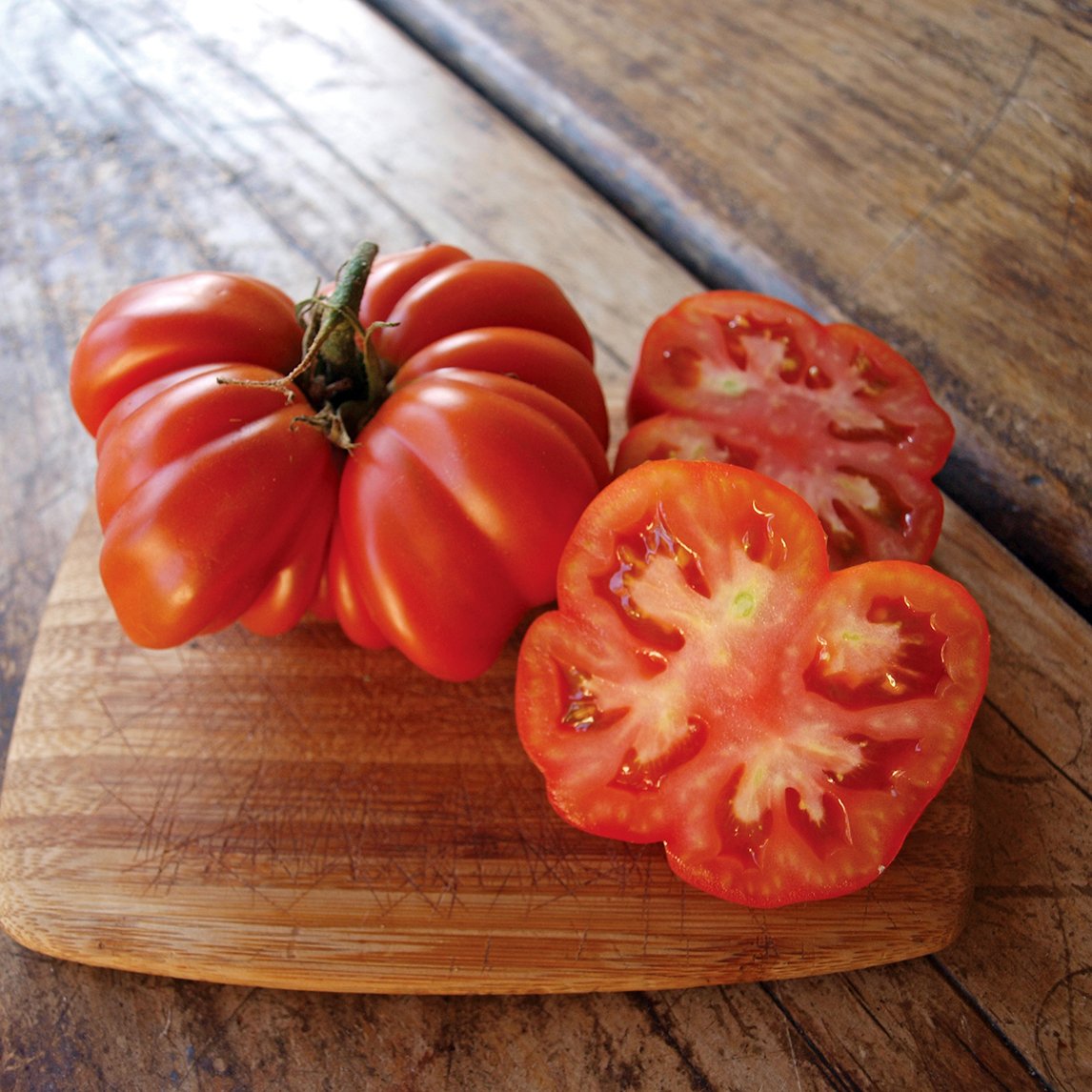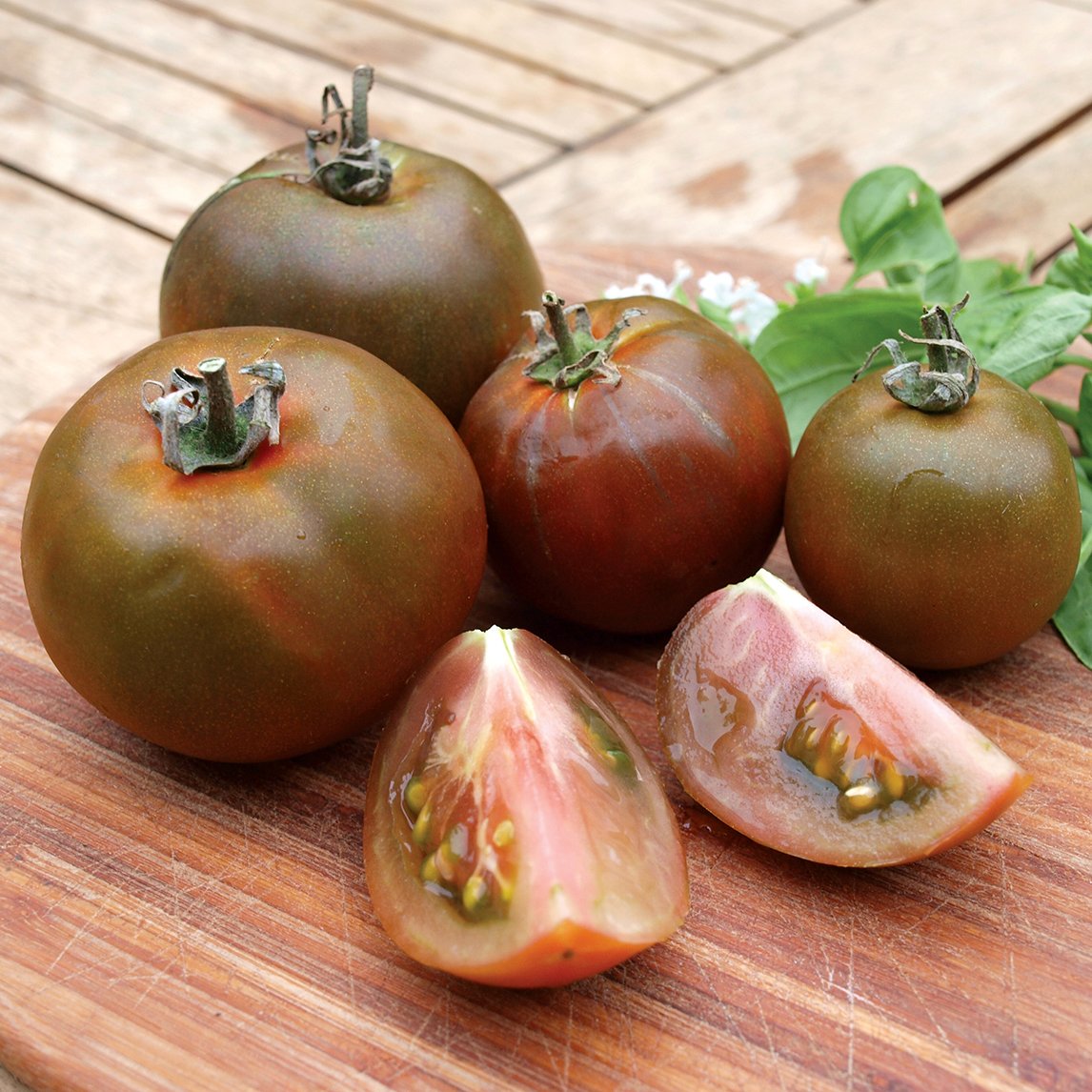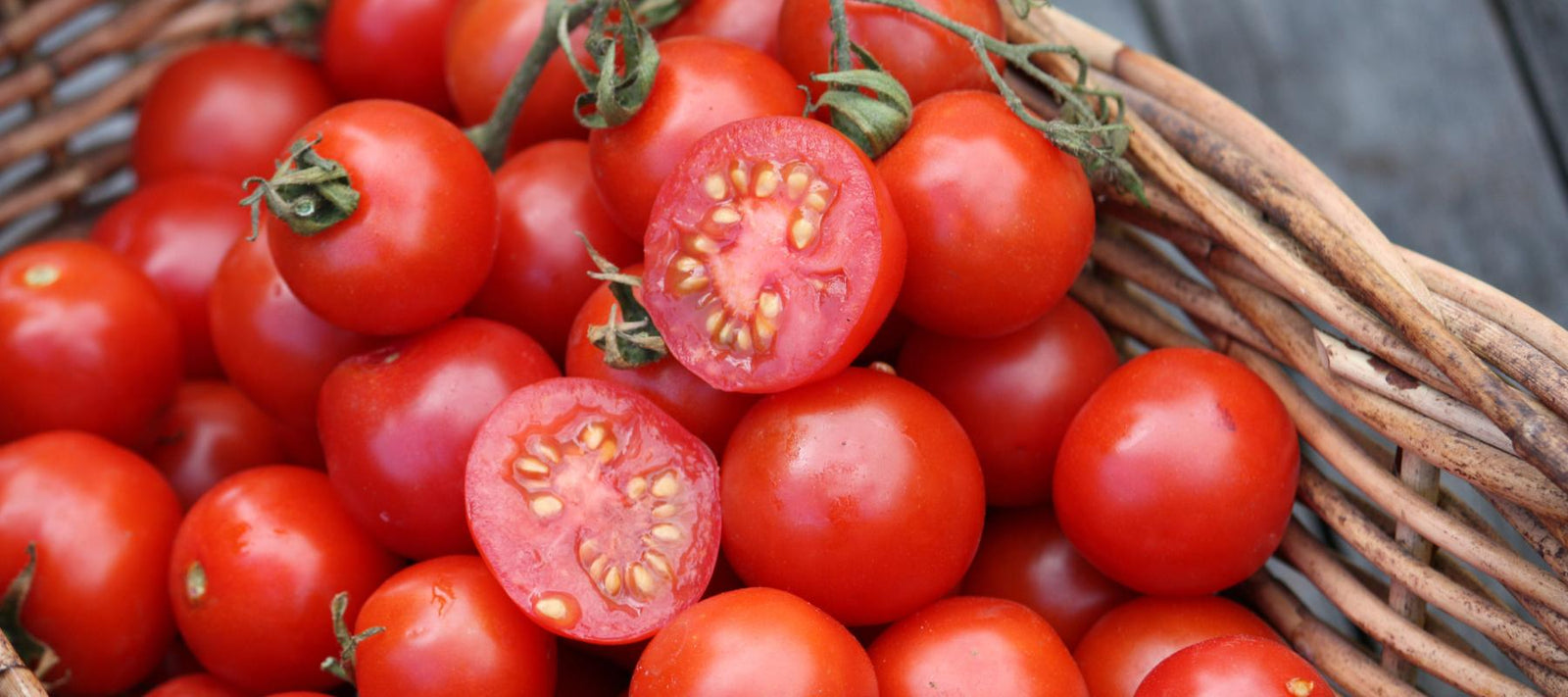
Common Name: Tomato
Botanical Name: Lycopersicon lycopersicum (formerly Lycopersicon esculentum)
Family: Solanaceae (Nightshade Family)
Of all the vegetables grown in Australian gardens, the tomato is one of the most popular. There is no comparison in taste to a delicious, homegrown heirloom tomato to a hard, tasteless ones bought in grocery stores that have been primarily bred for storage. Tomatoes are easy to grow with one strong plant supplying you with tomatoes all summer long and they are so very versatile in the kitchen.
Harvesting
Once your tomato vines have grown and are starting to fruit, you want to make the most of your harvest. Here are a few tips when picking your best home-grown tomatoes to optimise taste, increase shelf life, plus avoid damaging your healthy plants so they will keep producing right through the season.
When to pick tomatoes
Sun-ripened tomatoes have the best taste but sometimes you need to pick early to save them from hungry birds.
Excess water can cause splitting, so if heavy rain is forecast, it’s a good idea to pick early. They’ll ripen quickly if left in a bowl inside, best to avoid putting them in the fridge as they tend to lose their taste.

What are the benefits of picking tomatoes early?
The benefit of picking early is that branch weight will be lightened, ensuring plants produce sufficient nutrients for the remainder of the crop.
Regularly pinching out laterals (the diagonal shoots that grow at the angle between branches) will assist the plant’s energy to go into growing fruit, not leaves.
Remember to keep supporting your plants as flopping stems and sprawling foliage, shade the maturing fruit, which delays ripening.
What is the best way to harvest tomato seeds?
Be careful when harvesting as twisting or pulling them off can damage the top of the tomato, tear the plant stem, or dislodge surrounding fruit.
Instead, snip them as close to the branch as you can. That will remove any sharp, leftover stems that can damage neighbouring fruits as they mature.
Saving heirloom tomato seeds
Saving your own seeds is rewarding, sustainable and an easy way to save a few dollars. To start your seed saving journey, homegrown tomatoes are a good place to start and you can choose your favourites to grow the following year.
Heirloom tomatoes
Over many decades, people have grown and preserved heirloom tomato varieties by carefully selecting and saving seeds from their best plants. They are chosen for their size, heath, taste, colour or interesting shapes. Heirloom tomatoes are varieties that have been seen as something special and regarded worthy of conserving and protecting.
Their fascinating colours and flavours have been passed down through generations for us to enjoy. The technique of extracting and saving these seeds has been important for the continued survival and genetic diversity of this wonderful species.
The popularity of heirloom (open-pollinated) varieties has seen a rise in the practice of seed saving for home gardeners. Unlike commercially grown hybrid tomatoes (F1 hybrids) that do not grow true-to-type, open-pollinated tomatoes will be a replicate of the parent plant.
Tomato seeds are fun and easy to process and when saved and stored correctly, will germinate and grow well. By saving seeds you can turn your own tomato plants into a lifetime’s supply!
Fermentation process
Saving seeds from tomatoes is slightly different from other edible species as they have a mucilaginous gel which has germination inhibitors. This may seem counterintuitive, but many seeds come equipped with mechanisms that stall germination until the time is right. Seed must be fermented after extraction to break down this gel before germination can occur.
Fermentation removes germination inhibitors and gelatinous sheath from seeds and it can also treats some seed-borne diseases.

How to harvest your own tomato seeds
When you think about which seeds to save, choose the fruit from your best plants. Genetics determine not only flavour and colour, but vigour, quantity of produce and disease resistance.
Follow these steps for seed saving success:
Step 1:
Choose a ripe, juicy tomato from your chosen plant that is soft to touch.
Step 2:
For slicing and paste tomatoes - pick and wash fully ripe tomatoes and then cut the fruit across the middle. Squeeze seed and the surrounding gel into a bowl or bucket. For cherry and currant tomatoes, a similar process can be used, however, grinding the fruit in a food processor is far easier. You can mash the seeds with your hands or use a blender to make a pulp. Place the seeds in a small glass jar or bowl. Each tomato seed is enclosed in a gelatinous sac, but don’t worry about removing that from the seed. It will come off naturally later in this seed-saving process.
Step 3:
Cover with little water until all seeds are submerged. Secure a paper towel over the top of the jar or bowl with tape or a rubber band, so good air circulation can pass through but nothing else can fall in.
Step 4:
Allow this to ferment. This process usually takes between 2-5 days, and cleans the gel off of the seeds and mimics the natural fermentation of overripe tomatoes that fall on the ground and germinate next year. You can give it a stir every few days.
Step 5:
After the fermentation process you can clean the seed by adding more water and mix. The good seeds will settle to the bottom, so the mould, debris and unviable seeds can easily be poured from the top. Add more water and continue the process until you have only clean seeds.
Step 6:
Pour seeds into a strainer and then place on a fine wire rack or paper plate to dry. Label your seeds so you can remember what you’ve kept, and store in a dry place. Seeds need to be dried quickly as they can start to germinate quickly if excess moisture remains. In hot, humid weather, a fan will speed up the process.
Step 7:
Once completely dry (usually a couple days), place in a labelled envelope, store in a cool place until next season.
After the seeds are washed and dried, the seeds are normally tan or light brown in colour with a pubescent covering (fuzz). Tomatoes are unique among the Solanaceae family in that they are the only seed that is pubescent. Seeds stored well will remain viable for 4-10 years.
Germination and growing conditions
The number of seeds per fruit typically ranges from about 150 to 300 or more seeds per fruit. The optimum range for germination occurs at 20oC to 28oC.
Tomato seeds typically germinate in 5 to 10 days if given optimal conditions. Tomatoes take 90-140 days to mature, depending upon the variety and other environmental factors. Thirty days can be subtracted if start indoors and subsequently transplanted, but they'll still require 60-90 days to fully develop fruit.
The beauty of seed saving
You can save your tomatoes at the end of summer, when you have grown and harvested throughout the season and have chosen your favourite varieties. The saved seed can be planted the following season and this process can be replicated each year, creating a dynamic, continuous cycle.
The practice of saving tomato seeds preserves the genetic diversity of the species, which has been reduced significantly though commercial breeding. More and more heirloom varieties that have been saved in families throughout the world are making their way to the general public with increased awareness of the importance of heirloom varieties.
Saving tomato seeds is a great way to start your seed saving journey. It is such a rewarding practice that you will soon want to start saving seeds from your other vegie crops.



